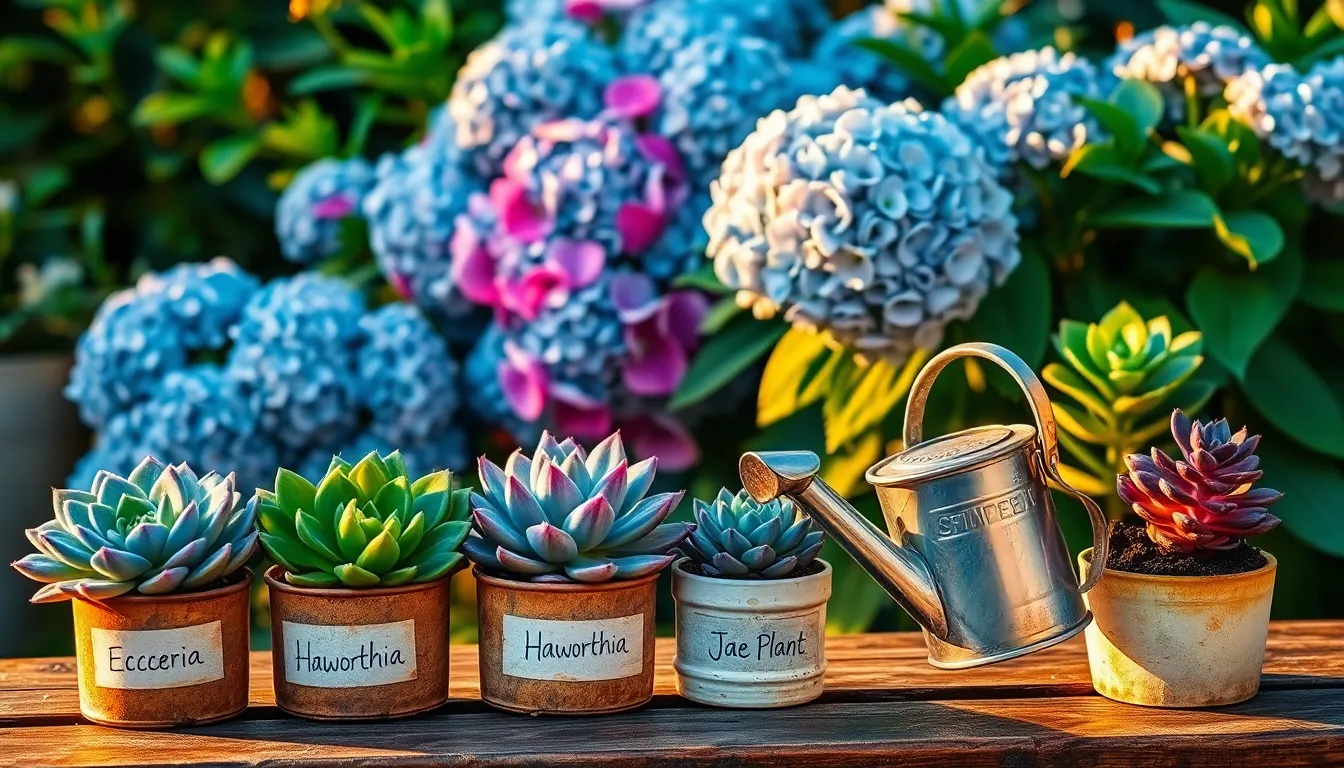Gardening is a journey of nurturing, where every plant tells a story of care, attention, and growth. Whether you’re just starting out or have a seasoned green thumb, understanding the art of watering is key to cultivating a flourishing garden. Proper watering is more than just quenching the thirst of your plants; it’s about fostering an environment where they can thrive. This article will guide you through the many benefits of watering your plants correctly, ensuring both your leafy companions and your confidence as a gardener grow.
Imagine the satisfaction of seeing your plants respond to the right amount of moisture, their leaves vibrant and their growth robust. By mastering the nuances of watering, you can prevent common issues like root rot and nutrient deficiencies, setting your garden up for success. From understanding the signs of overwatering to learning the best times to water, you’ll gain insights that elevate your gardening skills. Whether you tend to a windowsill herb garden or a sprawling backyard oasis, these tips are designed to empower you to nurture nature’s wonders with precision and care.
As we explore the science and art of watering, you’ll discover techniques tailored to your unique gardening needs. We’ll delve into how different plants require different watering strategies, ensuring each one receives just the right amount of care. Through this article, you’ll learn to listen to your plants, interpreting their subtle signals to enhance their health and vitality. Together, we’ll embark on a journey that transforms a simple act into a powerful tool for gardening success, making your garden a testament to your dedication and love for the natural world.
Boosting Plant Health and Growth

Ensuring your plants receive the right amount of water is crucial for boosting their health and growth. Consistent watering helps maintain soil moisture levels, preventing stress on plants that can lead to stunted growth or disease.
Begin by understanding the specific water needs of your plants, as different species have varying requirements. For example, succulents need less frequent watering compared to plants like tomatoes, which thrive with regular moisture.
Consider the type of soil in your garden when planning your watering routine. Loamy soil retains moisture well, while sandy soil may require more frequent watering due to faster drainage.
In addition to soil type, adjust your watering schedule based on the season and weather conditions. During hot, dry periods, plants may need daily watering, whereas cooler, rainy seasons might require less frequent attention.
For advanced gardeners, implementing a drip irrigation system can provide consistent moisture directly to the roots, promoting optimal growth. This method reduces water waste and ensures that each plant receives the right amount of water.
Regularly check the soil moisture by inserting your finger about two inches deep; if it feels dry, it’s time to water. This simple technique helps prevent overwatering, which can lead to root rot and other issues.
Preventing Overwatering and Root Rot
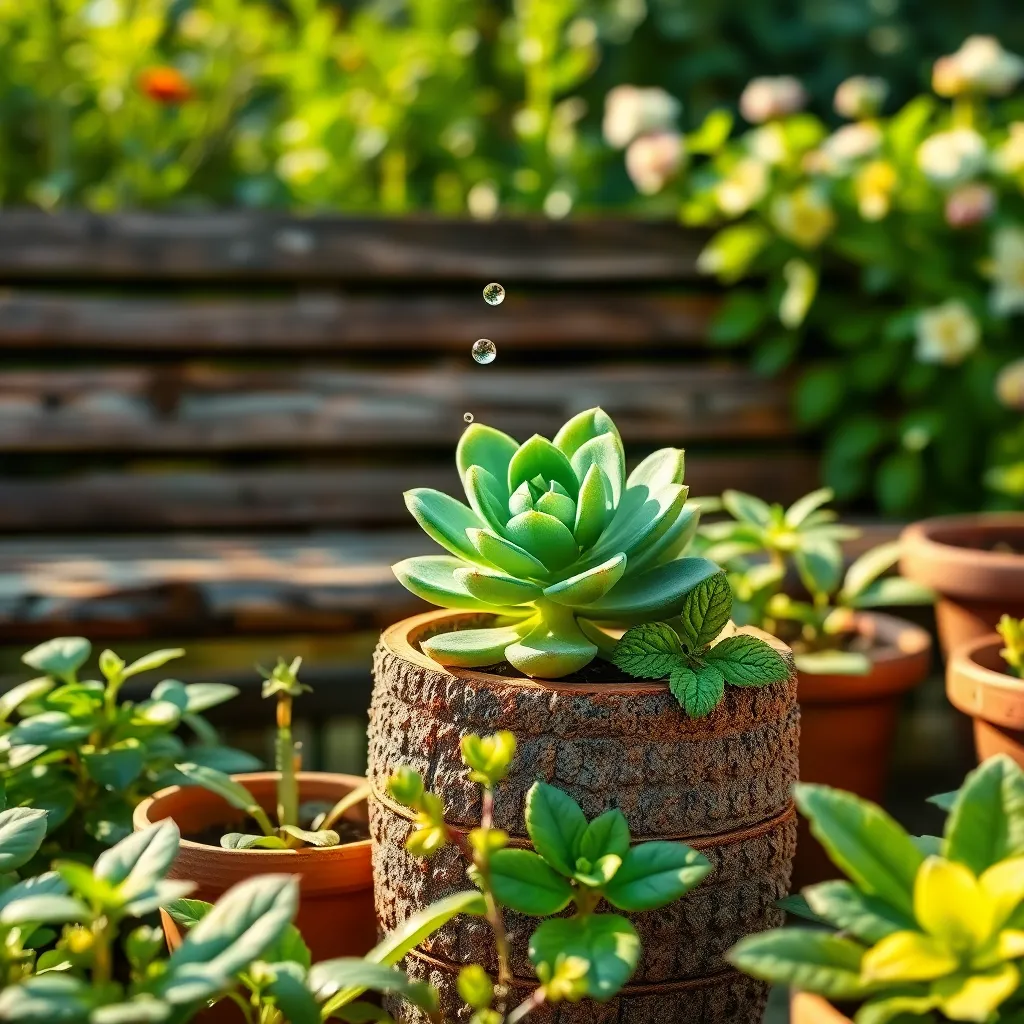
Understanding how to prevent overwatering is essential for maintaining healthy plants. Always check the top inch of the soil with your finger; if it feels dry, it’s time to water.
One effective way to avoid overwatering is by selecting the right soil type. Use a well-draining potting mix, especially for container plants, to allow excess water to escape easily.
Consider the plant’s specific watering needs, as different species have varying requirements. For instance, succulents prefer less frequent watering compared to tropical plants, which thrive in consistently moist soil.
Improper watering can lead to root rot, a common issue for many gardeners. To combat this, ensure your pots have drainage holes and avoid letting plants sit in water-filled saucers.
For advanced gardeners, incorporating a moisture meter can offer precise insights into soil moisture levels. This tool helps in making informed decisions and preventing both over and underwatering.
By adjusting your watering techniques, you can maintain optimal plant health and vitality. Observe your plants regularly, and adjust watering habits according to seasonal changes and growth stages.
Enhancing Nutrient Absorption Efficiency
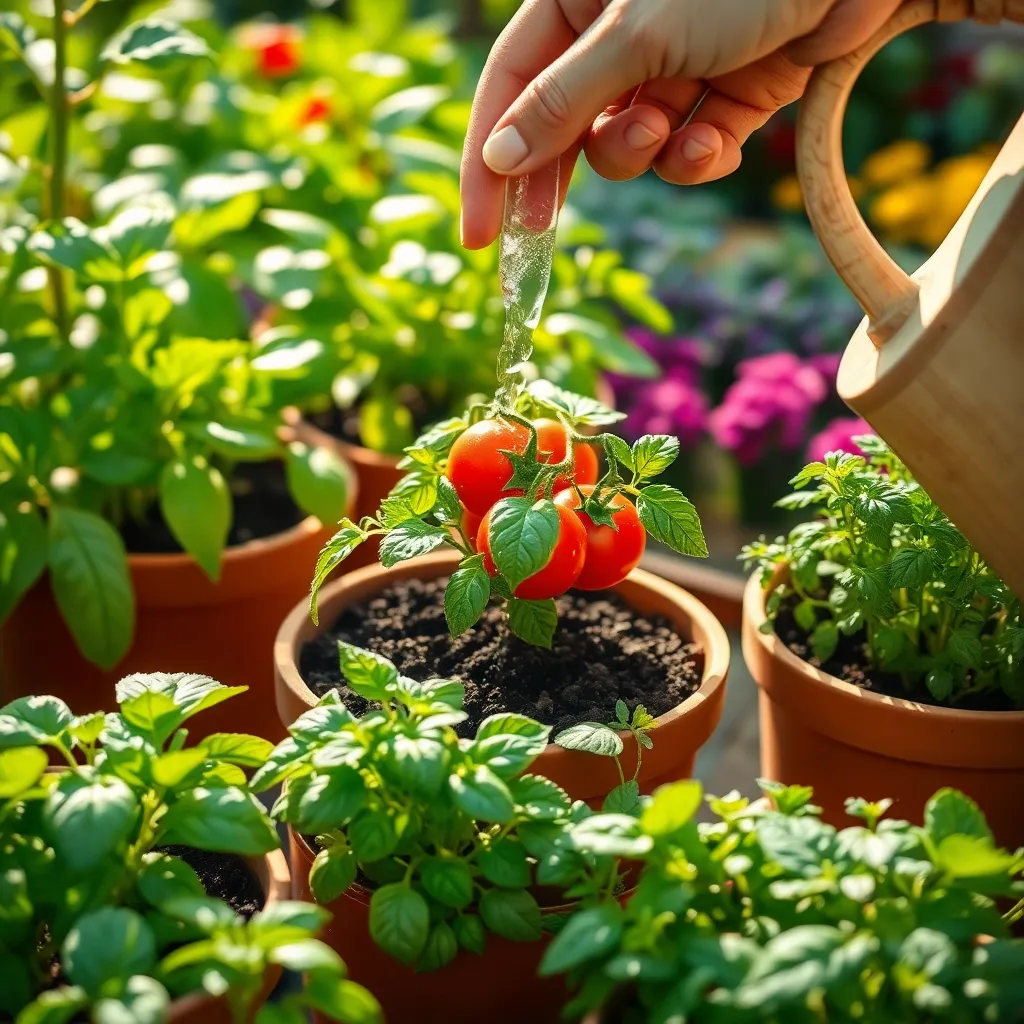
To enhance nutrient absorption efficiency, it’s crucial to water plants in the early morning. This timing allows water to seep into the soil, facilitating optimal nutrient uptake before the heat of the day causes evaporation.
Consider using well-draining soil that retains moisture yet allows excess water to escape. This ensures that roots receive a steady supply of water and nutrients without being saturated, which can lead to nutrient lock-up.
For gardeners seeking advanced techniques, incorporate organic matter like compost or well-rotted manure into your soil. This not only improves soil structure but also provides a slow-release source of nutrients that enhances plant growth.
Utilizing mulch can significantly improve nutrient absorption by maintaining consistent soil moisture levels. A layer of organic mulch helps to reduce water evaporation and keeps the soil environment stable for nutrient uptake.
Conserving Water Through Smart Practices
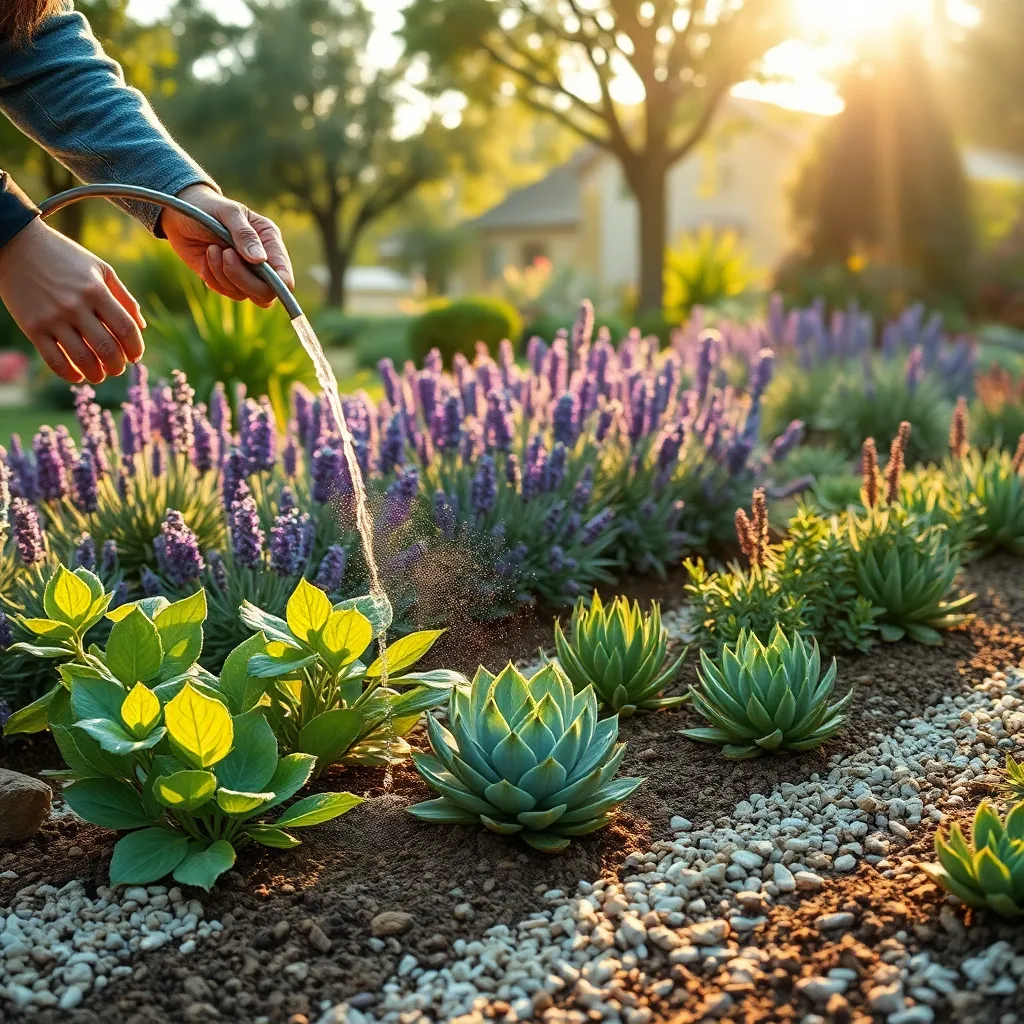
Conserving water in your garden is a vital practice that benefits both the environment and your plants. By using smart watering techniques, you can ensure that your plants receive the moisture they need without wasting this precious resource.
One effective method is to water your plants early in the morning or late in the evening. This minimizes evaporation and ensures that more water reaches the roots, making your efforts more efficient.
Consider incorporating mulching into your garden care routine. Mulch acts as a barrier, reducing evaporation and maintaining soil moisture, which can significantly cut down on the frequency of watering.
For those ready to try advanced techniques, drip irrigation systems offer precise water delivery directly to the root zone. This method not only conserves water but also promotes healthy growth by preventing over-watering and reducing the risk of fungal diseases.
Choose plants that are naturally drought-tolerant for regions prone to dry spells. Native plants often require less water and are well-suited to local climates, making them a sustainable choice for your garden.
Lastly, regularly check your soil’s moisture level before watering. Simply sticking your finger into the soil can help you determine if your plants truly need water, preventing unnecessary watering and promoting a healthy garden ecosystem.
Improving Plant Resilience and Vitality
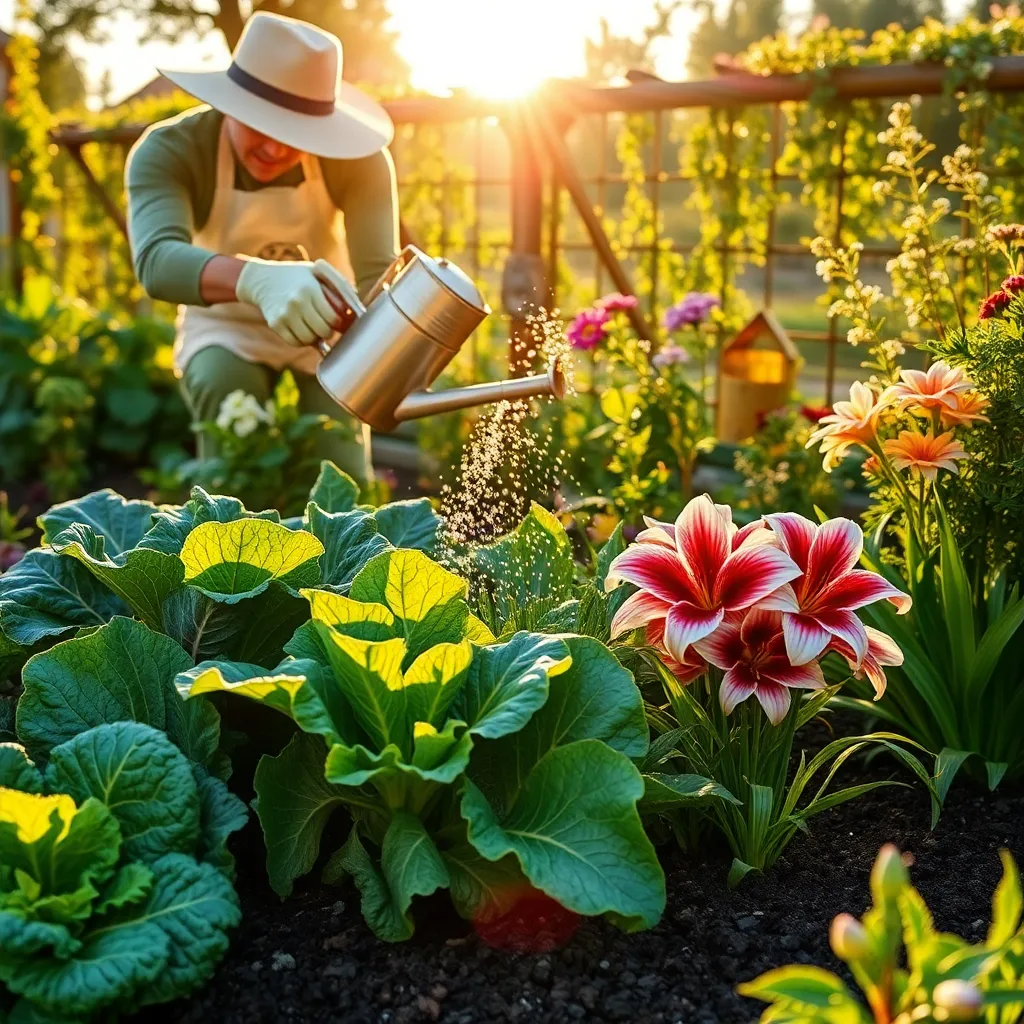
Providing the right amount of water is crucial for enhancing the resilience and vitality of plants. Consistent watering practices help plants establish strong root systems, which are essential for withstanding environmental stresses.
To improve resilience, it’s important to water deeply and less frequently, encouraging roots to grow deeper into the soil. This method is particularly beneficial for drought-prone areas, as it allows plants to access moisture beyond the surface dry layer.
Incorporating organic matter into your soil can further bolster plant vitality. Adding compost or well-rotted manure enhances soil structure, improving both moisture retention and drainage, which are vital for plant health.
Mulching is another effective strategy to maintain soil moisture and regulate temperature, both of which contribute to plant resilience. Choose organic mulches like straw or wood chips, which decompose over time, adding nutrients back into the soil.
- Water early in the morning to reduce evaporation and fungal diseases.
- Ensure pots have adequate drainage to prevent root rot.
- Use rainwater when possible, as it’s free from chemicals found in tap water.
For more advanced gardeners, consider implementing a drip irrigation system. This method delivers water directly to the plant’s roots, minimizing waste and ensuring optimal hydration even in larger gardens.
Conclusion: Growing Success with These Plants
In nurturing relationships, much like tending to a garden, the benefits of “watering plants properly” extend beyond immediate growth to foster long-term flourishing. We explored five key concepts: the importance of consistent communication, the power of active listening, the value of shared experiences, the necessity of mutual respect, and the strength found in empathy. Each of these elements, akin to essential nutrients, nourishes the roots of any relationship, encouraging it to thrive.
To take immediate action, consider setting aside dedicated time this week to focus on one of these areas, such as planning a shared activity or practicing active listening in your next conversation. This small step can lead to significant positive shifts in your relationship dynamics.
As you embark on this journey of intentional relationship cultivation, remember to save or bookmark this article. It will serve as a valuable resource and reminder of the foundational practices that support healthy, lasting connections.
Looking ahead, with these principles at your fingertips, you’re well-equipped to create a resilient and fulfilling relationship. Embrace the process, knowing that with care and attention, your relationships will blossom beautifully over time.

